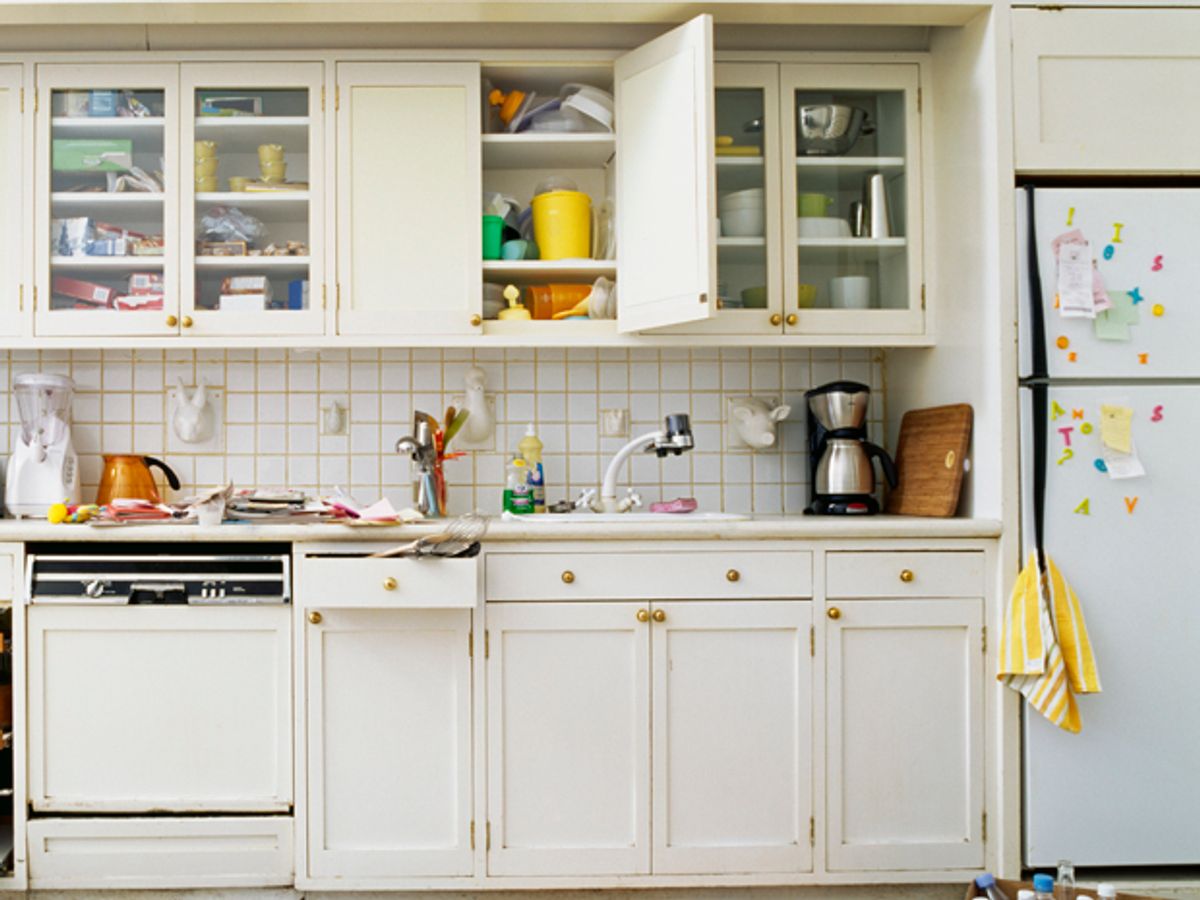Sometime next year, when you see your teen standing in front of the open refrigerator staring inside for far longer than seems to make sense, he might have an excuse: he could be charging his phone and wearables.
It’s tough to keep wearables charged, because the whole point of wearable devices is to wear them 24/7, not stick them in chargers. There’s nothing more annoying to a fitness band user than to lose an afternoon’s step count; it wrecks the entire month’s average. Or consider the Apple Watch intro—the biggest concern expressed by observers—battery life, and when would you charge it?
Obvious answer: wireless charging. Many companies have been working on this; most use inductive charging, that depends on devices being within an electromagnetic field, sitting on a charging pad, or at least on a tabletop with a pad beneath it.
Energous is taking a different approach; its technology harvests energy from RF signals. Energous is not the only company to work on this technology (others include Israeli startup Humavox and Pittsburgh company Powercast), though it is one of the better funded, having raised $24 million in a public offering earlier this year.
Energous has developed the WattUp “wire-free energy router”; it can send up to 4 watts of power out in a 3.7-meter radius to specially equipped devices. Within 1.5 meters, the company says, batteries will charge at the same rate as if they were directly plugged into chargers, power drops off to 1 watt at 3 to 4.5 meters. At those levels, it can charge four devices simultaneously; if more devices come within range, power levels to each device drop off.
But wireless routers are not small. Energous’s current products are 0.3 by 0.3 meter cubes. The company has had to trade off bulkiness with efficiency; making them bigger would allow them to include more antennas and charge more devices faster.
But 0.3 by 0.3 meters is still a pretty good-sized piece of hardware. So where would you put something like this, in a place where it is not annoyingly prominent, yet is in a spot you’ll hang out in regularly?
Haier’s answer to that (which in retrospect also seems obvious): a large appliance, which most observers are guessing means the refrigerator. The kitchen is pretty much the centerpiece of any house, and the refrigerator is the centerpiece of the kitchen. Look for Haier’s higher end refrigerators to include Energous’ technology soon.
Haier isn’t the only company Energous is teaming up with to get this technology to market fast; in September it made deals with Highpower International to work on rolling out batteries that will charge using WattUp technology, and with a large, yet-to-be-identified semiconductor manufacturer to develop power management circuitry.
It will, of course, take some time for devices that can harvest the RF energy to roll out, but with Haier’s muscle behind the technology, it’ll happen. I’ll be looking for some announcements at CES in January.
Tekla S. Perry is a senior editor at IEEE Spectrum. Based in Palo Alto, Calif., she's been covering the people, companies, and technology that make Silicon Valley a special place for more than 40 years. An IEEE member, she holds a bachelor's degree in journalism from Michigan State University.



